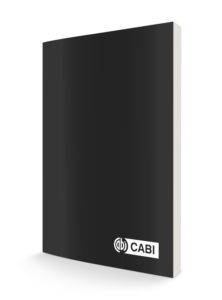Distribution of the invasive alien weed, Lantana camara, and its ecological and livelihood impacts in eastern Africa
Published: May, 2017
Journal article
Lantana camara (lantana) is a major invasive shrub globally, impacting upon biodiversity, economies, ecosystem services, and driving socio-ecological change. The aim of this study was to determine the current and potential distribution of lantana in eastern Africa and its livelihood impacts in one region in Uganda. Data were collected by means of roadside surveys, and then compared with potential distributions based on ecoclimatic models. Household interviews were conducted to understand the impacts of lantana on local livelihoods. Lantana is currently widespread in eastern Africa, and has the potential to spread, especially in Tanzania. According to 40% of respondents, lantana reduced the amount of forage available to livestock by more than 50%, while one-third of those interviewed reported a 26–50% reduction in crop yields. Lantana invasions also cost individual households substantial amounts of money (US$400–500 per annum). Furthermore, lantana reduced the availability of natural resources, such as native medicinal plants, and hindered the movement of people and livestock. Based on the potential distribution of lantana, and its current impacts, we suggest that an integrated management strategy be developed and implemented, including the introduction of additional biological control agents to reduce the negative effects of lantana on local livelihoods.

Distribution of the invasive alien weed, Lantana camara, and its ecological and livelihood impacts in eastern Africa
Type Journal article
Published in Ross T Shackleton, Arne BR Witt, Winnifred Aool & Corin F Pratt (2017). In: African Journal of Range & Forage Science
Language English
Year 2017
